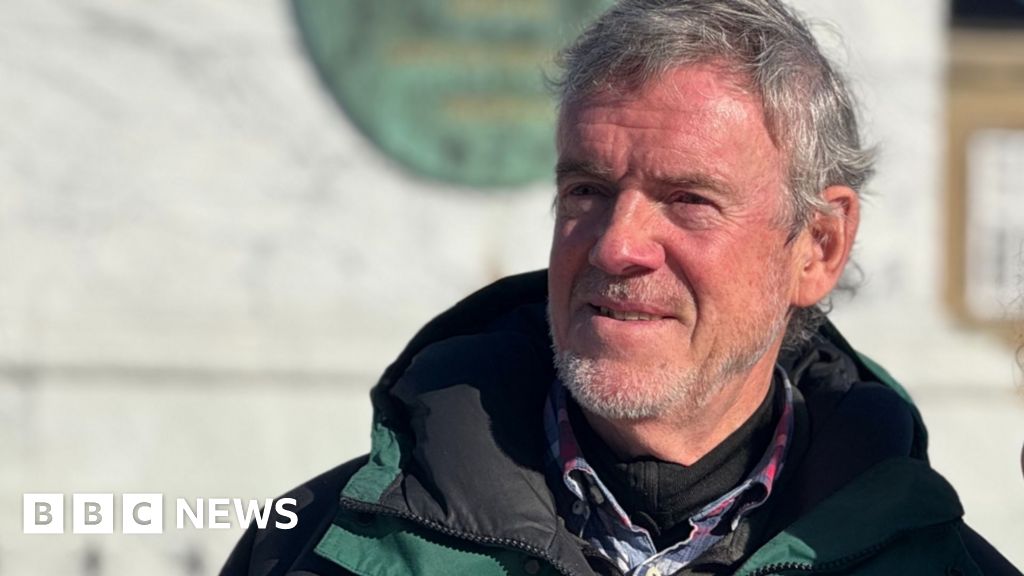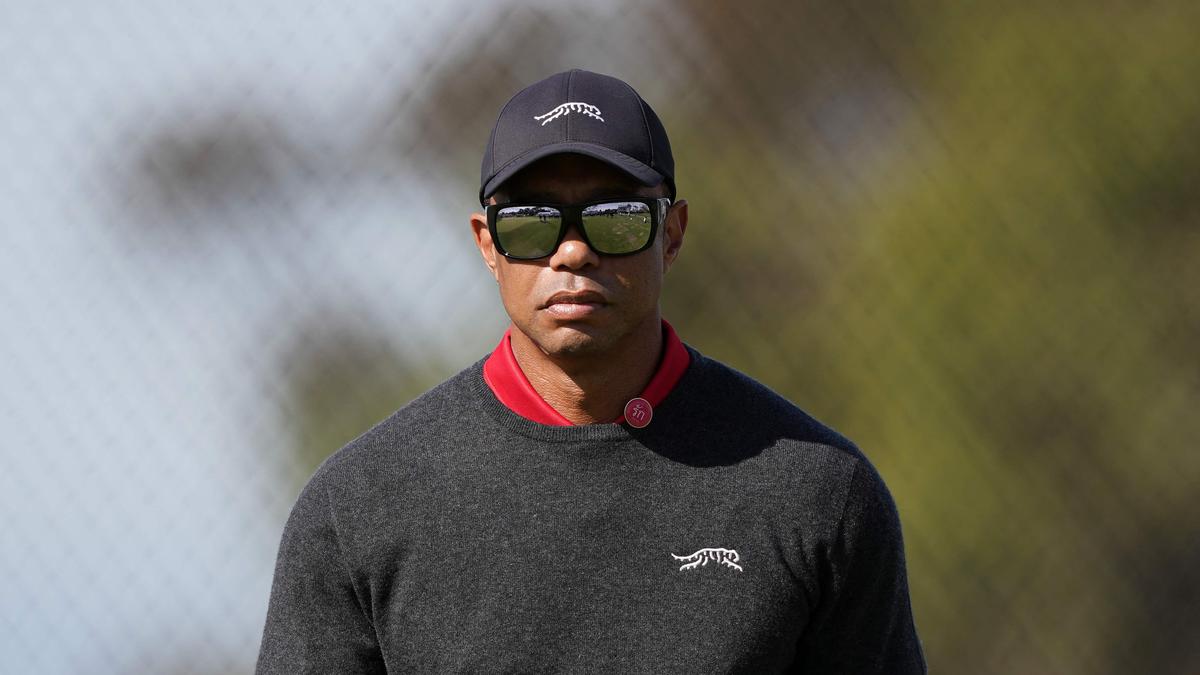Ukraine-Russia war latest: As Ukrainian troops advance into Russia, Michael Clarke explains what it means

Ukraine’s incursion into Russia is “big” and represents much more than just a raid, our security and defence analyst Professor Michael Clarke says.
“It began at dawn on Tuesday, and it looked like one of these freedom for Russia legion attacks,” he says, referencing previous incursions by anti-Kremlin groups (not Ukraine itself).
“It looked like one of those attacks – a sort of pinprick attack – to embarrass the Russians and cause a bit of a problem,” he adds.
As time has gone on, however, it has become clear that Kyiv could reinforce the area, after significant early gains.
“It looks as if the Ukrainians obviously decided to back this up… and within about 48 hours they were backing it up with apparently some quite big units,” he adds, noting reports that American and German-supplied tanks and armoured vehicles have been on the ground.
Sky News is seeking to clarify whether any British military equipment has been used in the attack.
“They (Ukraine) look as if they’ve taken over at least a dozen settlements,” he says.
“They’ve pushed in towards Sudzha, which is a logistical hub, and they’ve been fanning out, northeast and southeast from there,” he adds.
Sudzha is the last operational trans-shipping point for Russian natural gas to Europe via Ukraine.
“They’re miles deep into Russia… and that’s big – that’s not just a raid,” Professor Clarke concludes.
As for Russia’s response, he’s not been impressed.
“The Russians thought they could deal with it with a few of their reserve battalions,” he says, adding “that’s not happening”.
If they want to push the Ukrainians back, “they’re going to have to commit more [resource]” to Kursk.
Related
What’s at stake for American culture with Trump’s Kennedy Center…
In her two decades as a human rights lawyer, working on issues in more than 25 countries, Hadar Harris says she is alarmed by what she's witnessing on U.S. soil
Denmark lost 52 soldiers fighting alongside the US. Now it…
Nick BeakeEurope correspondentBBCAll his adult life, Colonel Soren Knudsen stepped forward when his country called. And when its allies did.He fought alongside
As Trump upends foreign policy, Berkeley scholar sees irreparable damage…
Last week’s Oval Office blowup with Ukrainian President Volodymyr Zelensky exemplified what many foreign policy experts have long feared: that th
Trump creates a task force for the North American 2026…
President Donald Trump creates a task force to prepare for the 2026 W











